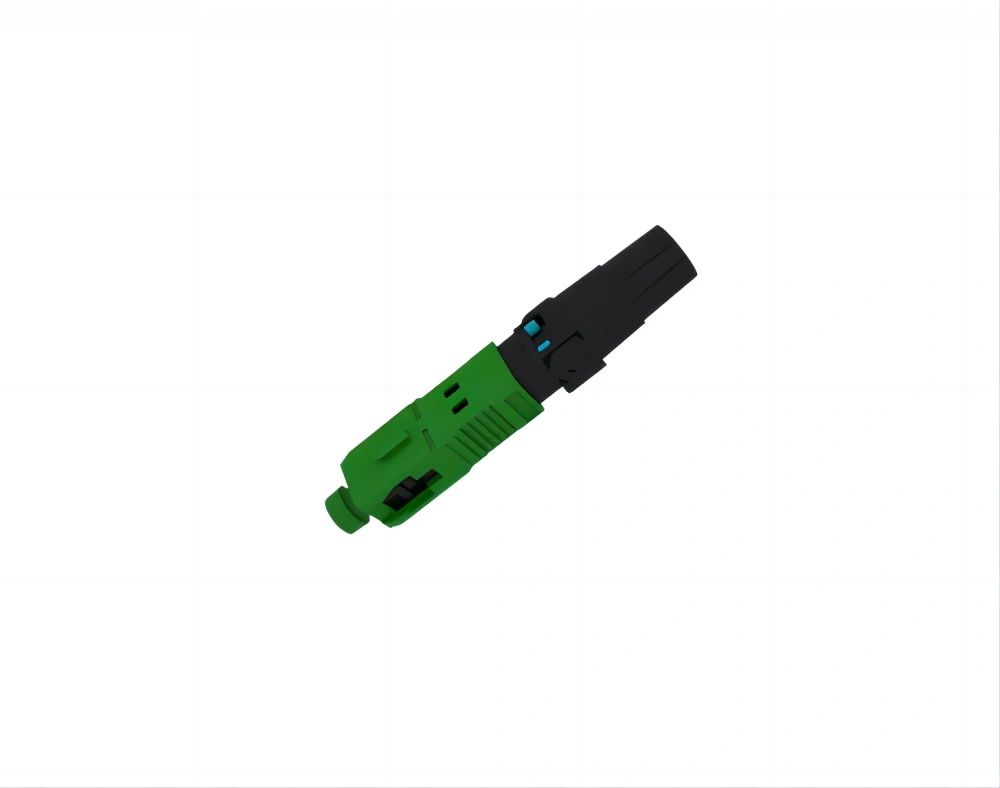An In-Depth Look at Fiber Optic Connector Specifications

Fiber optic connectors play a crucial role in today's telecommunications industry. These connectors provide a secure and reliable connection between two fiber optic cables or a cable and a piece of equipment. Understanding the standard specifications for fiber optic connectors is essential to ensure compatibility, performance, and efficient data transmission. This article explores the various aspects of fiber optic connector specifications in detail.
1. Physical Specifications
Fiber optic connectors come in different sizes and shapes. The physical specifications determine the design and characteristics of the connectors. Common connector types include SC (Standard Connector), LC (Lucent Connector), and ST (Straight Tip). Each type has a specific form factor and dimensions that must adhere to industry standards.
The standard physical specifications also cover the materials used in connector construction. Connectors are typically made of plastic or metal, with the choice depending on factors such as cost, environmental conditions, and desired durability. Additionally, specifications address the structural integrity and mating mechanisms of connectors, guaranteeing a secure and tight connection between fibers.
2. Optical Performance Specifications
Optical performance specifications are crucial for ensuring reliable data transmission in fiber optic systems. These specifications evaluate various parameters, including:
- Insertion Loss: It measures the power loss when light passes through the connector. Lower insertion loss indicates better performance.
- Return Loss: This specification measures the amount of light reflected back towards the source. A higher return loss indicates better signal quality.
- Bandwidth: It represents the data-carrying capacity of the connector and determines the maximum data transfer rate. Higher bandwidth allows for faster data transmission.
- Chromatic Dispersion: This specification assesses how light is spread over the fiber, affecting signal quality. Lower dispersion results in better transmission performance.
3. Environmental Specifications
Fiber optic connectors are often exposed to various environmental conditions, so their specifications must address these challenges. Some common environmental specifications include:
- Temperature Range: Connectors should be able to operate within certain temperature ranges to ensure optimal performance and longevity.
- Moisture and Dust Resistance: Specifications cover protection against moisture, dust, and other contaminants that could affect the connector's performance. Connectors may have seals, gaskets, or other mechanisms to provide this protection.
- Mechanical Durability: Connectors need to withstand physical stress, such as repeated connections and disconnections. Specifications outline the number of mating cycles the connector can endure without compromising performance.
In conclusion, understanding the standard specifications for fiber optic connectors is crucial for ensuring compatibility and performance in telecommunications systems. By considering physical, optical, and environmental specifications, professionals can select and install the most suitable connectors for their specific requirements.



